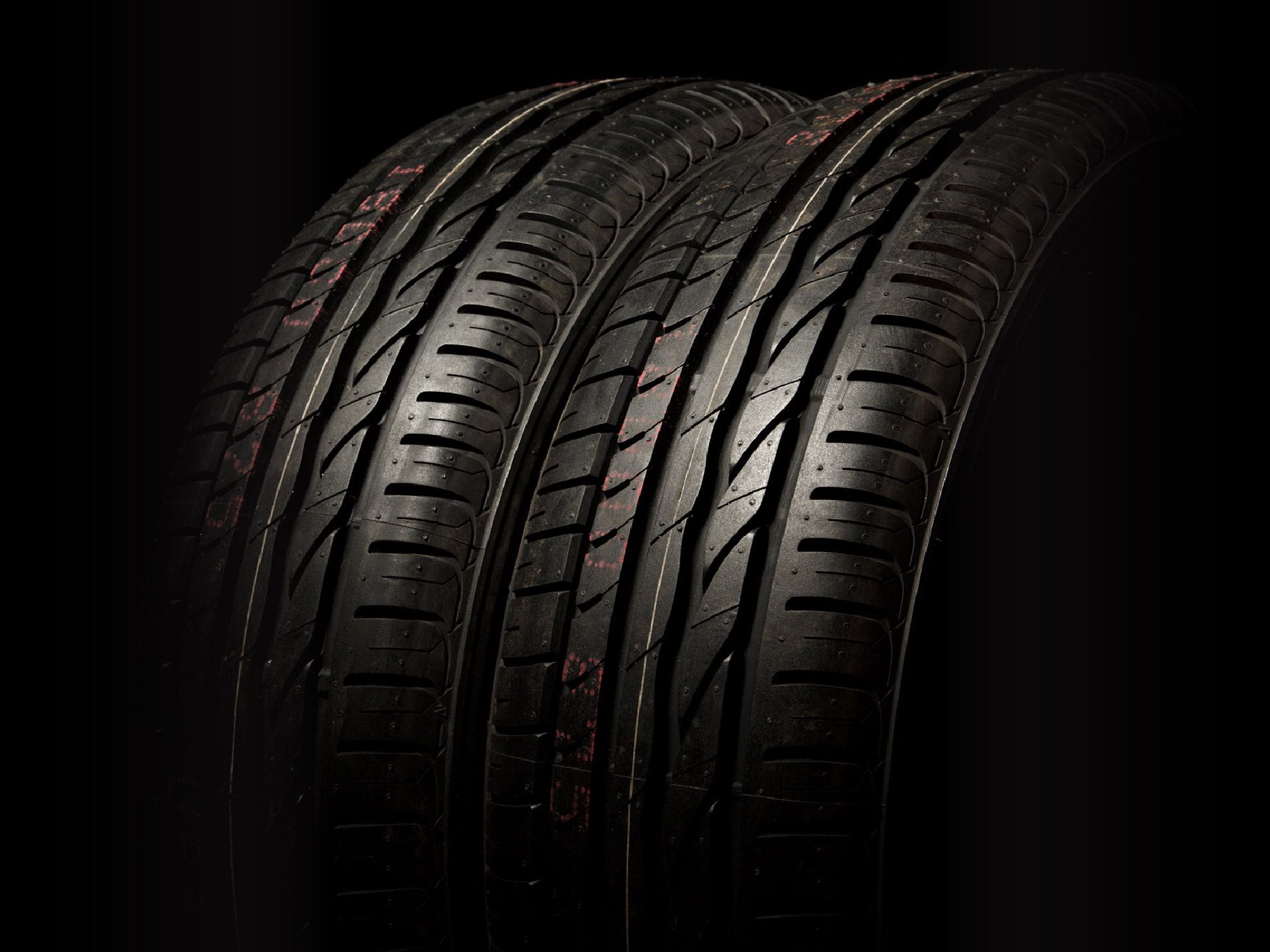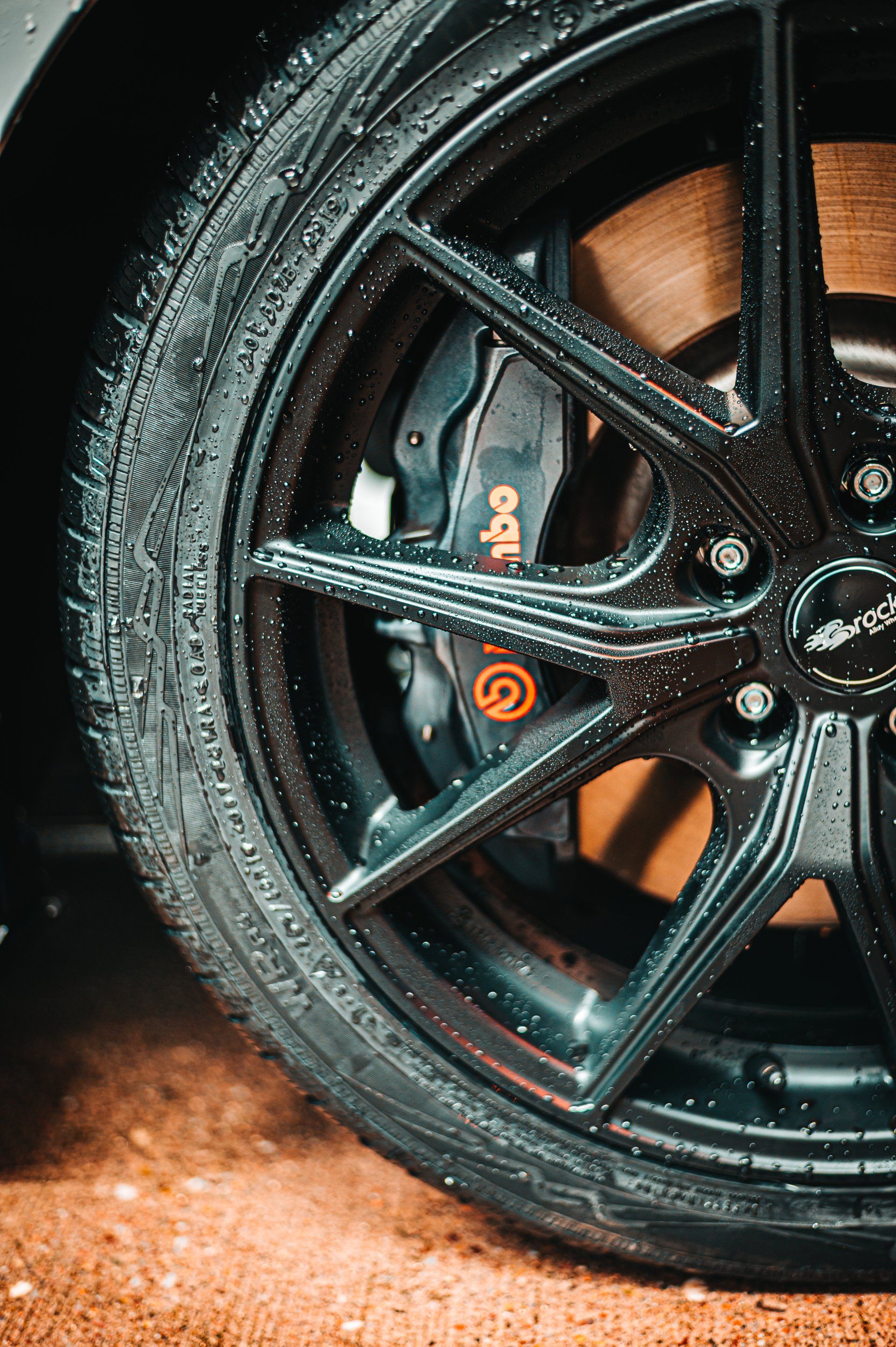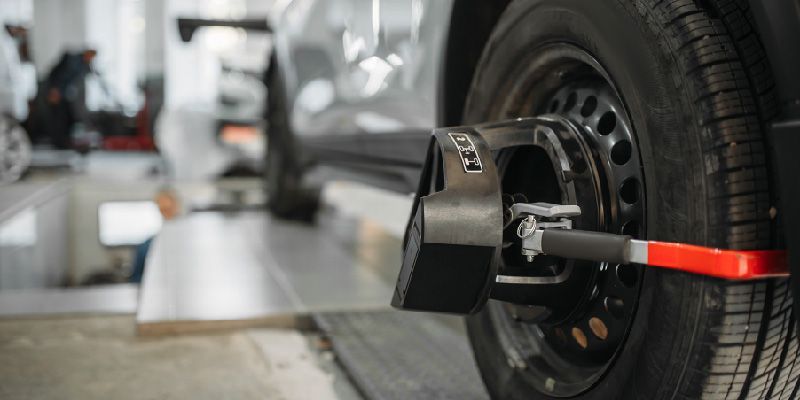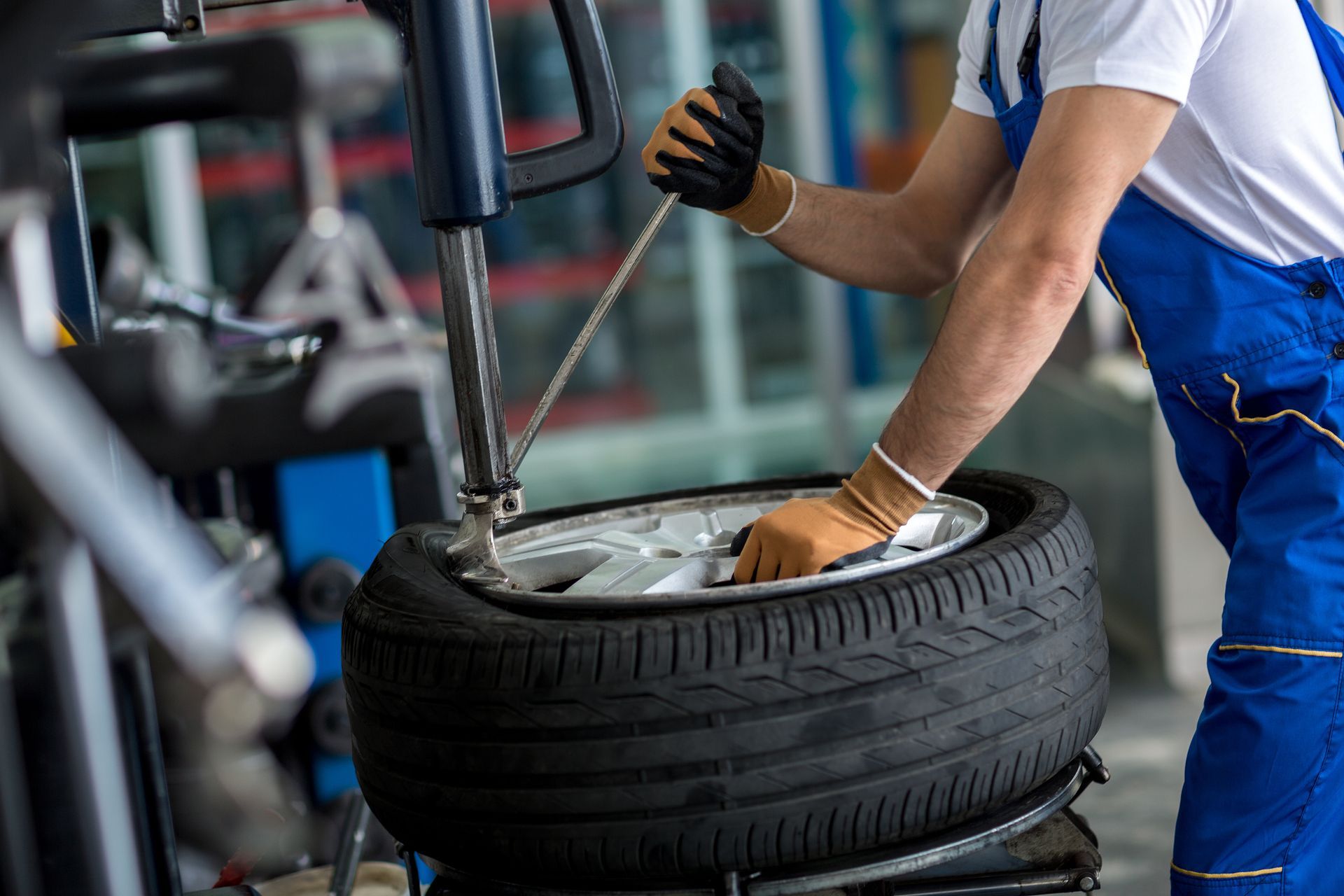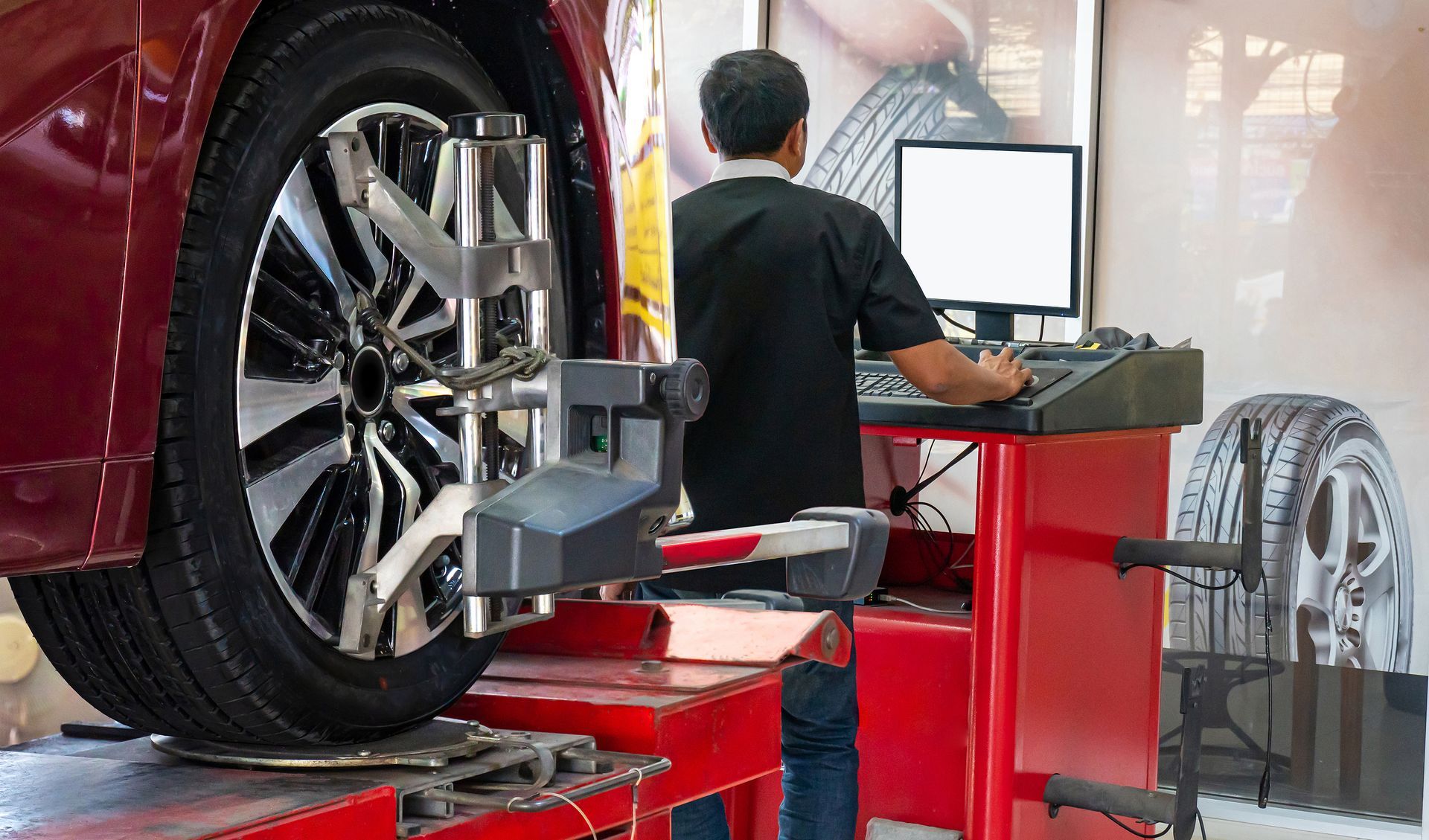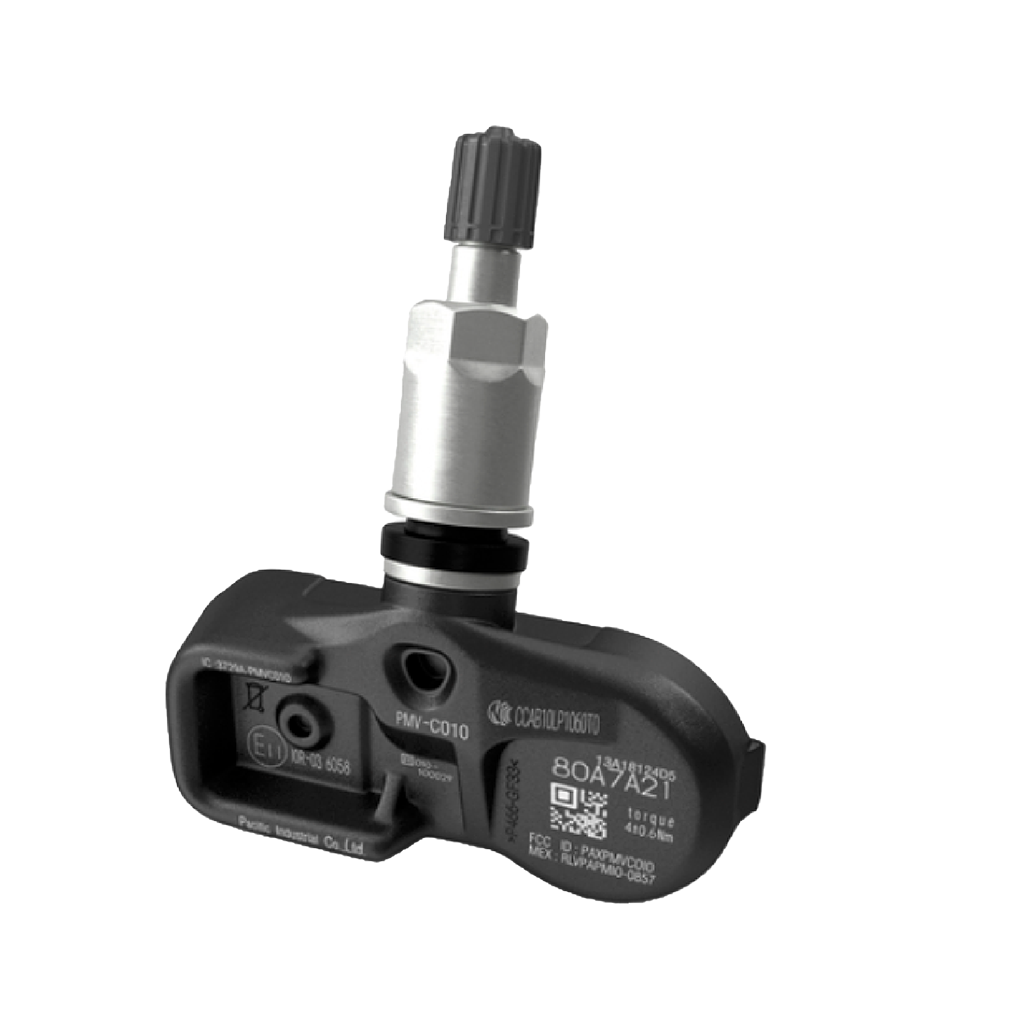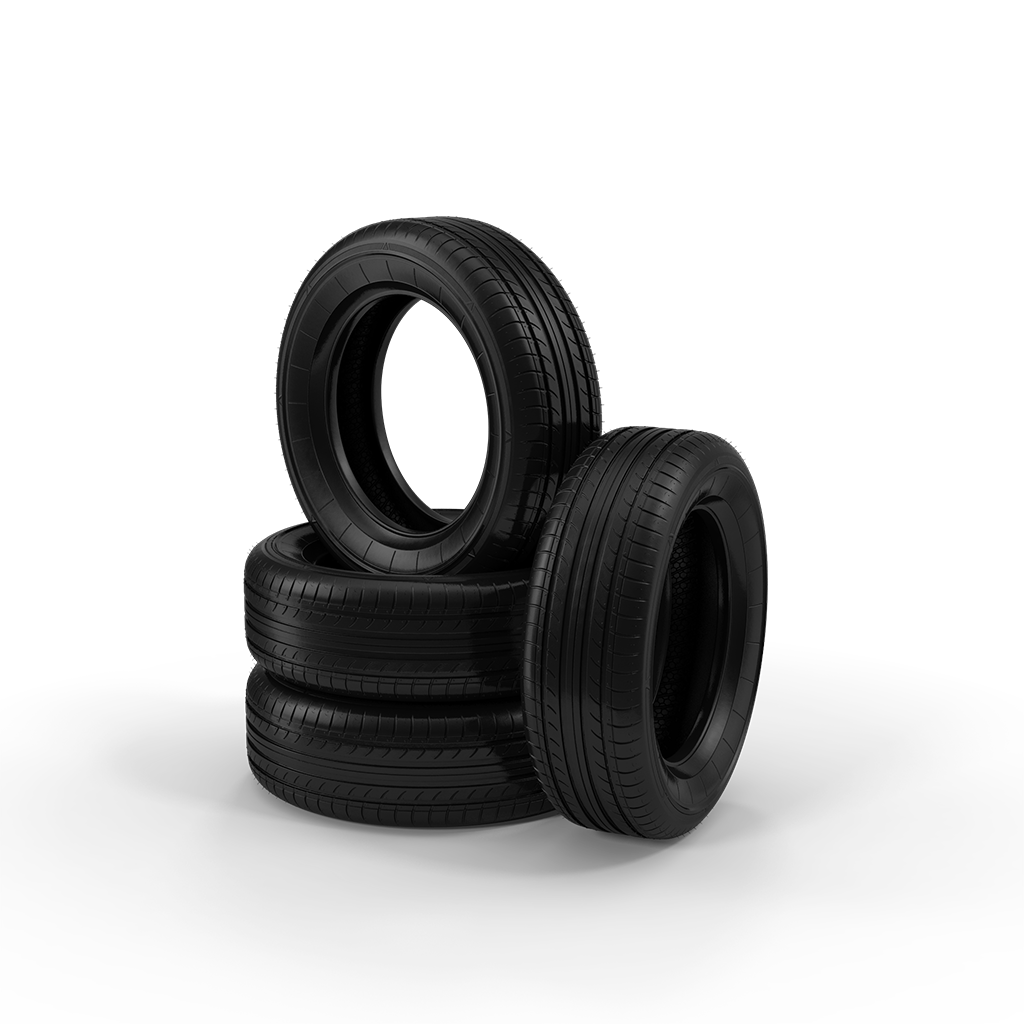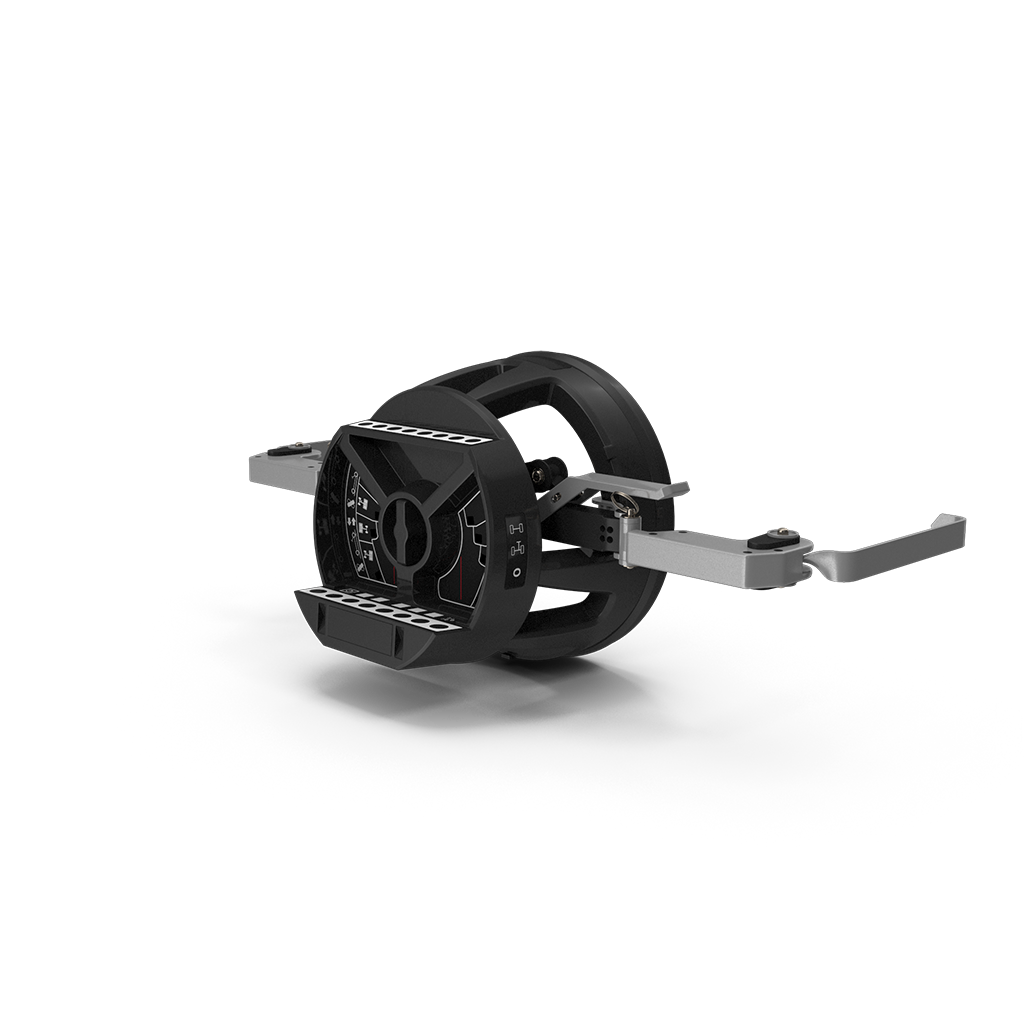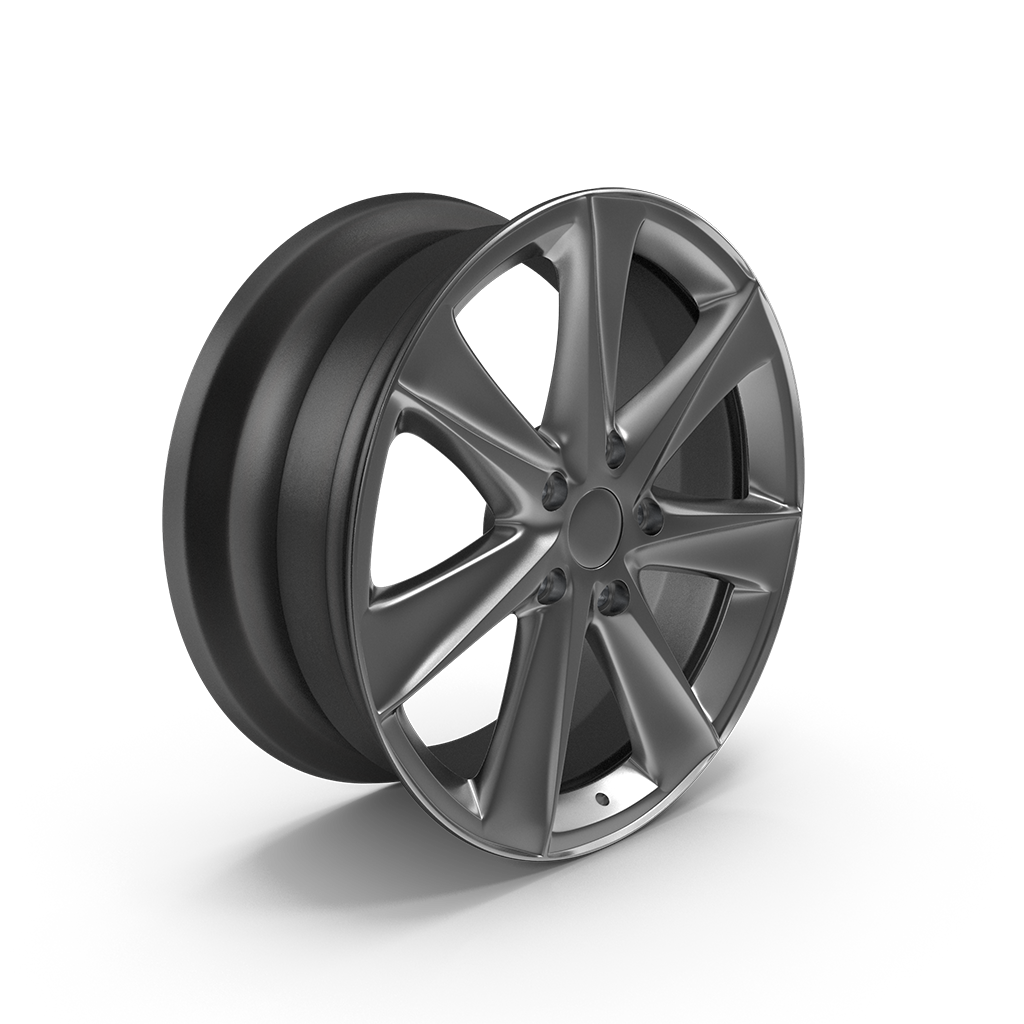Wheels
Alloy Wheels
Upgrade your wheels with advanced performance features that improve cornering ability and steering precision, while reducing road feedback for enhanced braking response.
Steel Wheels
Denser wheels positioned closer to the ground. Steel wheels are well-suited for challenging snowy roads or rough off-road terrain, yet their increased weight limits their performance in other aspects.
Chrome Wheels
A visually appealing shine characterizes chrome wheels and is recognized for its metallic mirror-like finish, robustness, and sturdiness. However, preserving their aesthetic charm necessitates consistent upkeep and cleaning.
Wheels & Rims: The Manufacturing Process
Cast Wheels
Aluminum wheels are created by pouring molten aluminum into a mold. The wheel's shape is then shaped through either gravity or pressure casting methods.
Machine Wheels
The manufacturing process integrates casting, heating, spinning, and meticulous pressurization to infuse a mold with liquid aluminum and form the wheel.
Forged Wheels
The forging process transforms a solid block of aluminum into a durable wheel by subjecting it to intense heat and pressure. The outcome is a wheel that is lightweight, compact, and robust.
The perfect wheels for your vehicle and preferred ride experience depend on specific vehicle traits. When selecting wheels for your car, truck, or SUV, take the following into account:
Size
Different wheel sizes and weights have distinct performance characteristics. When considering upgrading your current wheel size, ensure to take into account the maximum wheel size allowable for your vehicle.
Weight
The weight of the wheels has a significant effect on the performance of a vehicle. Heavier wheels can lead to longer braking distances and decreased handling, whereas lighter wheels can enhance maneuverability and braking capabilities.
Terrain
Where do you usually journey to behind the steering wheel? The choice of wheels should align with their main purpose.
Each customer has unique considerations when purchasing wheels, which is why we encourage you to reach out to us with any questions or concerns. Our service team consists of wheel and rim specialists who stay up-to-date on the latest wheel styles, configurations, and performance. For the ultimate wheel buying experience, get in touch with us today.
Wheels FAQ
General Questions
What is the difference between wheels and rims?
The wheel is the entire circular component, including the hub, spokes, and rim, that connects the tire to the vehicle. The rim is specifically the outer edge of the wheel where the tire is mounted.
What are the main types of wheels?
- Steel Wheels: Durable, cost-effective, and heavier. Common in older vehicles and base models.
- Alloy Wheels: Made from aluminum or magnesium alloys, lighter, and offer better performance and aesthetics.
- Chrome Wheels: Steel or alloy wheels coated with a layer of chrome for a shiny, reflective finish. Require more maintenance.
- Forged Wheels: Made through a forging process, they are stronger and lighter than cast wheels but more expensive.
Why are alloy wheels preferred over steel wheels?
Alloy wheels are preferred because they are lighter, which can improve vehicle handling and fuel efficiency. They also offer better heat dissipation, reducing the risk of brake overheating, and come in a variety of designs, enhancing the vehicle's appearance.
Maintenance and Care
How often should I inspect my wheels and rims?
You should inspect your wheels and rims at least once a month and before long trips. Regular checks help identify any damage or wear early, ensuring safety and performance.
How can I maintain my wheels and rims?
- Regular Cleaning: Prevents corrosion and buildup of brake dust. Use appropriate wheel cleaners and avoid abrasive materials.
- Inspection for Damage: Look for cracks, bends, or other damage regularly.
- Check Alignment and Balance: Ensures even tire wear and smooth driving.
- Proper Torque: Ensure lug nuts are torqued to the manufacturer’s specifications to avoid issues.
Types and Sizes
How do I find the right size for my wheels and rims?
The correct size can be found in your vehicle’s owner’s manual or on the tire information placard located on the driver’s side door jamb. The size is typically represented by diameter (in inches), width, and bolt pattern (e.g., 17x7.5, 5x114.3).
What is the bolt pattern, and why is it important?
The bolt pattern is the arrangement of the bolt holes on the wheel, defined by the number of bolts and the diameter of the circle they form (e.g., 5x114.3). It is crucial to match the bolt pattern of the wheels to the vehicle's hub to ensure proper fitment and safety.
What does offset mean, and how does it affect my vehicle?
Offset is the distance between the wheel's mounting surface and its centerline. It can be positive, negative, or zero. Correct offset ensures the wheels fit properly within the wheel wells, affecting handling, steering, and clearance.
Purchasing and Installation
How do I choose the right wheels and rims for my vehicle?
Consider factors such as:
- Vehicle Specifications: Ensure compatibility with your vehicle's size, bolt pattern, and offset.
- Driving Style: Choose wheels that match your driving habits and performance needs.
- Aesthetics: Select a design that complements your vehicle’s appearance.
- Budget: Balance quality, performance, and cost.
Can I install larger or smaller wheels on my vehicle?
Yes, but you must ensure they are compatible with your vehicle's specifications. Changing wheel size affects handling, speedometer accuracy, and clearance. Consult with a professional to make appropriate modifications.
How do I install new wheels and rims?
- Park on a flat surface and engage the parking brake.
- Loosen the lug nuts on the current wheels slightly.
- Use a jack to lift the vehicle until the wheels are off the ground.
- Remove the lug nuts and take off the old wheels.
- Mount the new wheels onto the wheel studs.
- Hand-tighten the lug nuts.
- Lower the vehicle and fully tighten the lug nuts in a star pattern to ensure even pressure.
Troubleshooting
Why are my wheels vibrating while driving?
Wheel vibrations can be caused by unbalanced wheels, misalignment, bent rims, or damaged tires. Have your wheels inspected and balanced by a professional to identify and resolve the issue.
What should I do if my rim is damaged?
Assess the extent of the damage. Minor issues like small dents can often be repaired, while severe damage like cracks usually requires rim replacement. Consult with a wheel repair specialist for an accurate assessment.
Why do my wheels make noise?
Noise from your wheels can be caused by issues such as loose lug nuts, worn bearings, or damaged rims. Inspect the wheels and related components, and have any necessary repairs performed by a professional.
How can I prevent wheel and rim damage?
- Avoid potholes and rough terrain whenever possible.
- Regularly check and maintain proper tire pressure.
- Ensure your wheels are properly aligned and balanced.
- Avoid overloading your vehicle.
United Tire and Wheels News Center
United Tire and Wheels Services
Uncover further information on the wide array of outstanding automotive repair and maintenance services on offer.
